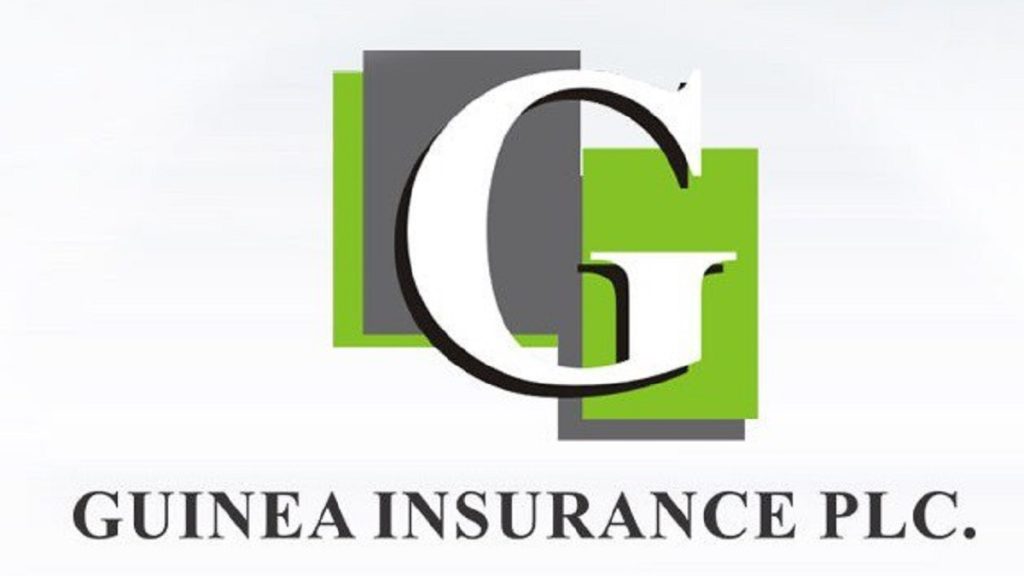Guinea Insurance Plc’s 2024 Financial Performance: A Deep Dive into Declining Profitability Amidst Rising Revenue
Guinea Insurance Plc, a prominent player in the Nigerian insurance industry, released its financial results for the year ending December 31, 2024, revealing a complex interplay of factors impacting its profitability. While the company achieved a commendable 36.5% increase in revenue, reaching N2.84 billion compared to N2.08 billion in 2023, this top-line growth was overshadowed by a significant 69% drop in profit. The company reported a profit of N147.6 million in 2024, a sharp decline from the N477.8 million recorded in the previous year. This contrasting performance highlights the challenges faced by the insurer in managing its operational costs and claims payouts, ultimately impacting its bottom line.
The primary drivers of the profit decline are identified as escalating operating expenses and a surge in insurance claims. Insurance service expenses, a key component of operating costs, witnessed a substantial 62.5% increase, reaching N1.82 billion in 2024 compared to N1.12 billion in 2023. This surge in expenses suggests potential inefficiencies in cost control measures or an increase in the volume of business handled, necessitating higher operational expenditure. Simultaneously, the company faced increased claims payouts, further impacting profitability. Although the specific details of the claims are not explicitly stated in the provided information, this increase points towards potential challenges in risk assessment and underwriting practices, leading to higher than anticipated claim settlements.
Despite the challenges impacting profitability, Guinea Insurance demonstrated positive growth in its investment income. The company reported a 62.5% increase in investment income, reaching N326.7 million in 2024 compared to N201 million in the preceding year. This growth indicates effective investment strategies and a favorable investment climate contributing positively to the company’s overall financial performance. However, this positive contribution was insufficient to offset the negative impact of the significantly higher operating expenses and increased claims, resulting in the overall decline in profit.
The company’s cash flow statement reveals a negative cash flow from operating activities, amounting to N497.9 million in 2024. While this represents a negative cash flow, it marks a slight improvement from the N507.4 million cash outflow recorded in 2023. This indicates that the company’s cash management practices might be yielding some positive results, albeit still insufficient to generate positive cash flow from its core operations. Analyzing the components of the cash flow statement would provide further insights into the specific drivers of this negative cash flow and potential areas for improvement.
Examining the balance sheet, Guinea Insurance’s cash and cash equivalents decreased to N793.5 million as of December 31, 2024, down from N1.03 billion at the beginning of the year. This decrease in cash reserves further underscores the challenges posed by the negative operating cash flow and increased expenditures. Maintaining healthy cash reserves is crucial for an insurance company’s financial stability and ability to meet its obligations. Therefore, addressing the factors contributing to the decline in cash reserves should be a priority for the company.
The decline in profitability is also reflected in the company’s basic earnings per share, which decreased to 0.91 kobo in 2024 from 1.11 kobo in 2023. Earnings per share is a key metric used by investors to assess a company’s profitability and its ability to generate returns for shareholders. The decline in EPS indicates a reduced return on investment for shareholders, which could impact investor confidence and future investment decisions. Looking ahead, Guinea Insurance has set an ambitious target of earning N1.75 billion in gross premiums written in the first quarter of 2025. Achieving this target would require a significant increase in business volume and effective strategies to manage operating expenses and claims payouts. The company’s ability to achieve this target while simultaneously improving profitability will be a key indicator of its overall financial health and future prospects.


